The ‘male gaze’ is a term coined by film theorist Laura Mulvey in 1975 to describe the phenomenon of women being represented as objects of desire for male viewers in art and media. In the world of competitive sport, athletes’ bodies and abilities should be the centre of attention, but this is often not the case. Female athletes, in particular, often face the ‘male gaze’: their appearance, clothing, and even their posture are more likely to be the subject of media and public discussion than their performance.
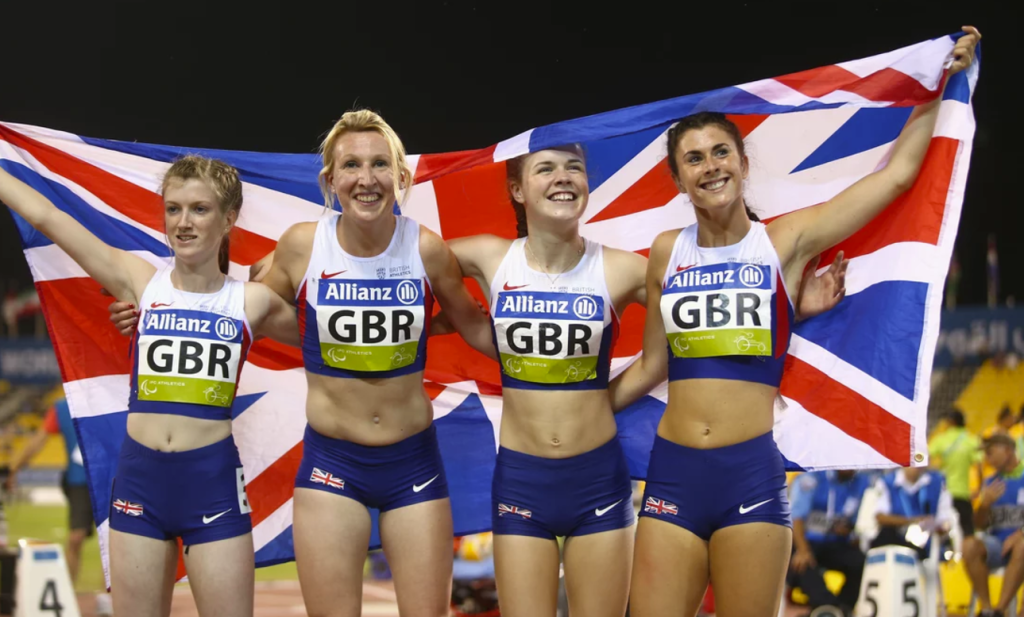
The hockey programme’s tradition is for women to wear only short skirts, and it was not until Euro 2023 that the England women’s hockey team became the first ever team to compete in shorts and culottes.
Following England Hockey’s decision to change the national team shirt rules, the British side wrote to the International Hockey Association in April last year.
It wasn’t until June 2023 that the International Hockey Association officially changed the rules to allow female athletes to wear shorts or culottes.
One athlete said, ‘Being able to choose to wear shorts makes me feel comfortable, and so do my teammates who wear shorts, but it’s a bigger story about women having the right to choose what to wear. For me, it gives me more energy on the field.’
(Player Tess Howard, 24, has also been challenging the International Hockey Federation’s rules on shorts for women’s games.)
There are many other female athletes on the sports field who still haven’t unplugged. The German woman who wore a mid-sleeve, trouser-length leotard to combat the ‘sexualisation’ of gymnastics was eliminated from qualifying for the Tokyo Olympics; the Norwegian women’s beach handball team was fined for claiming that spandex shorts were more comfortable than shorter bikini trunks; and renowned women’s tennis player Williams sent shockwaves when she wore a tight-fitting one-piece suit to the 2018 French Open.
“2024, female athletes are still required to dress sexy for competition. Why are the rules of clothing for female athletes more focused on appearance than on functionality?“
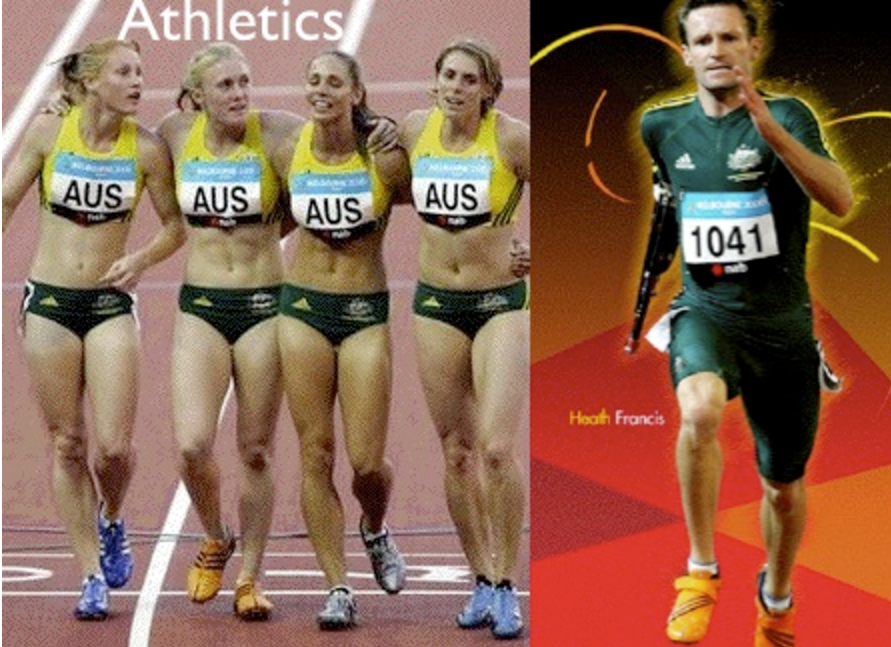
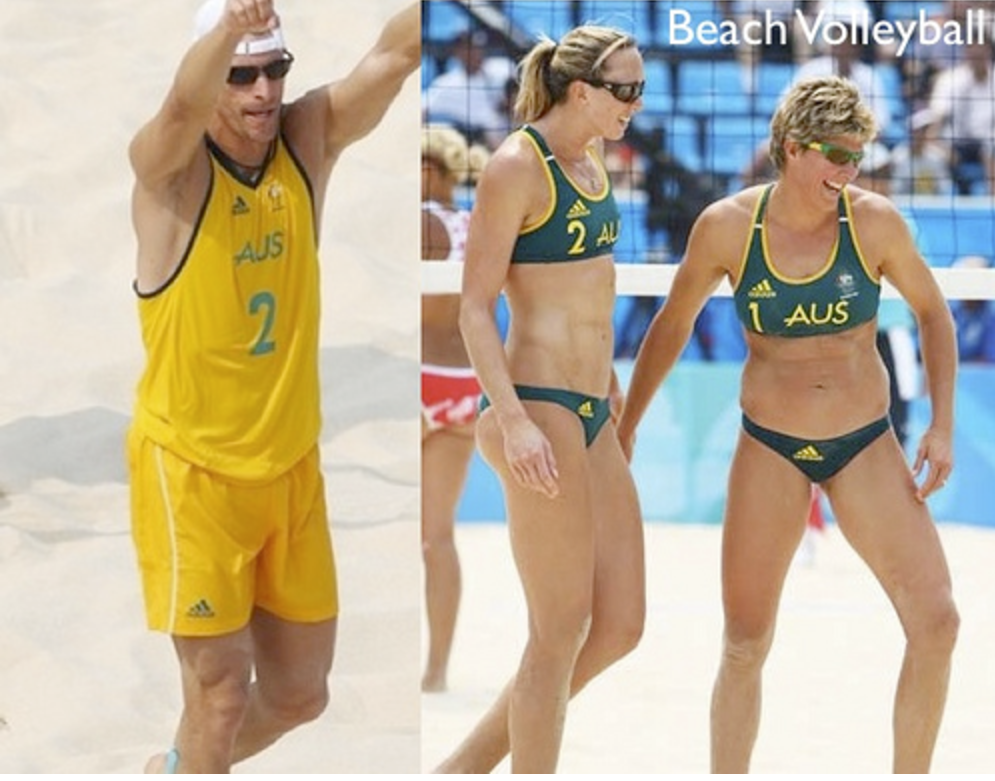
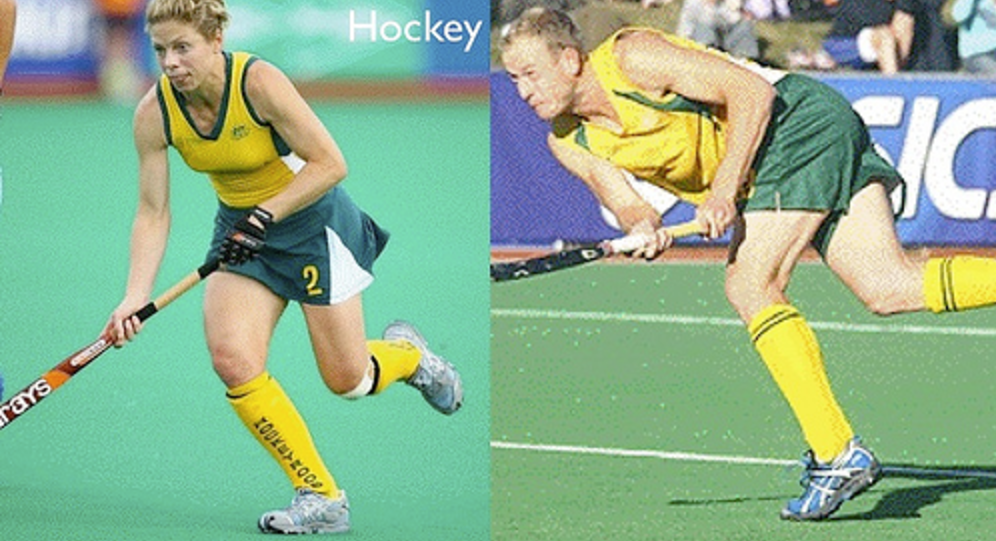
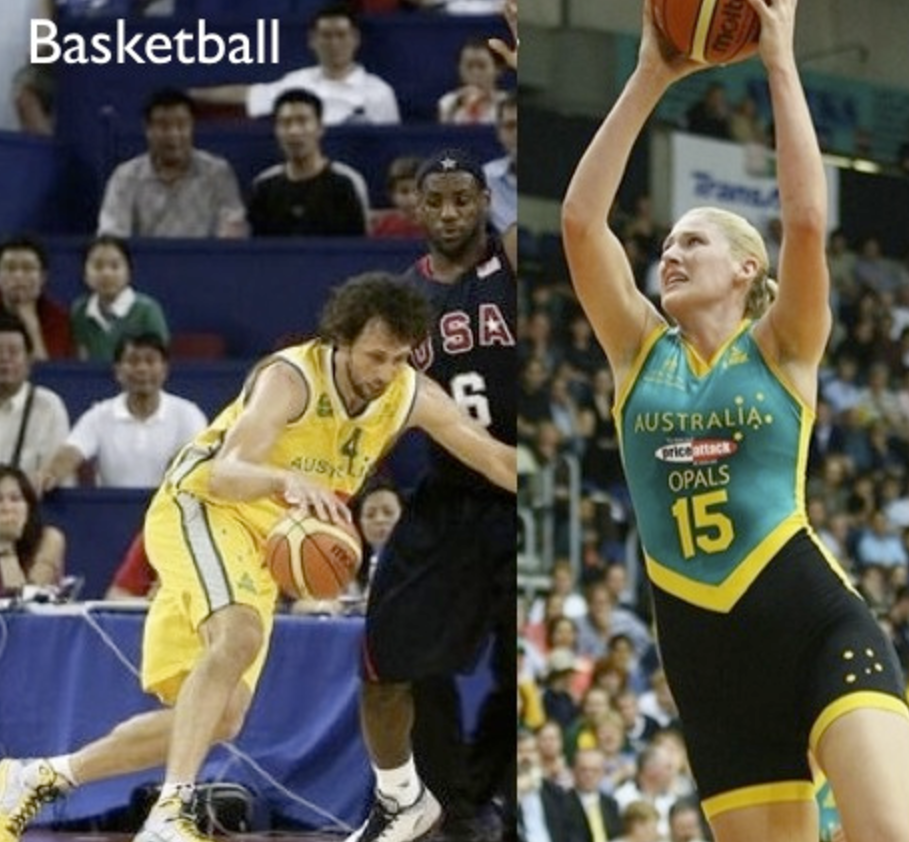
These differences, obviously, could not have been created, because they did not bring convenience to women, but discomfort. This is not the fault of men and women, but rather the economic ratings that are taken into account and promoted when designing clothes for female athletes, instead of considering the human being itself as a starting point. Exploring this in terms of consumerism and commodification: in many cases, the male gaze is combined with consumerism and commodification to present the female body as a commodity that can be consumed and controlled in order to attract the attention of male viewers and to increase the appeal of media products and advertisements.
“Sports are often a microcosm of our society” — Akilah Carter-Francique, Executive Director of the Institute for the Study of Sport, Society, and Social Change at San José State University.
The fact that women are being judged on their femininity rather than their athletic ability is a symptom of a larger problem.
The struggle to get rid of sexy and ill-fitting race gear is still an ongoing process, this problem permeates almost every level of the sports world, from 12-year-olds to Olympians, but it’s never too late to address it. We can work together to eliminate the vast differences between men’s and women’s sportswear and take a step towards equality in sport. Everyone should enjoy the possibility of practising sport without any form of discrimination and embodying the Olympic spirit of mutual understanding.
Reference
NPR, 2021. Women athletes are speaking out against the sexualization of their uniforms. Available at: https://www.npr.org/2021/07/23/1019343453/women-sports-sexualization-uniforms-problemx (Accessed 1 Dec. 2024).
Wildcat Pause, 2021. Uniformed Injustice: Sexism Rooted in Athletic Uniforms. Available at: https://wildcatpause.com/1341/sports/uniformed-injustice-sexism-rooted-in-athletic-uniforms/ (Accessed 1 Dec. 2024).

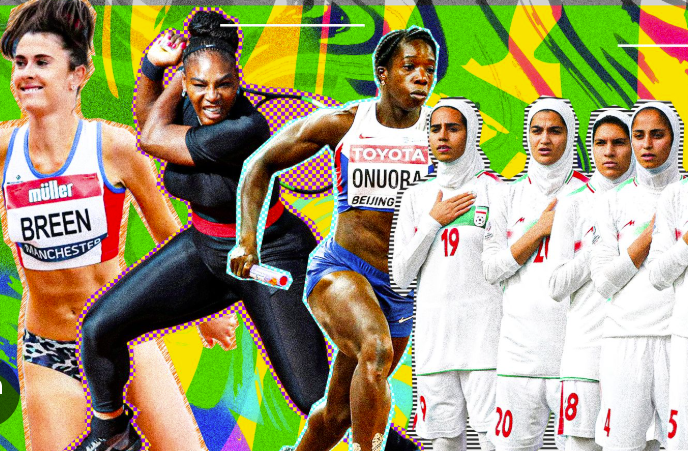
Hi Junqing! It is an absolutely excellent topic related to the male gaze. I never expected female athletes’ sports clothing is a male gaze commodity for the sake of media value or to attract male audiences. It is a terrible, horrible and unhealthy fact in the sports field.
You provided sufficient and outstanding examples that can be applied to the male gaze theory, such as the inequality, discomfort, and inappropriateness of the female athletes’ clothing compared to male athletes, as well as the unreasonable treatment after the female athletes fought for their dressing rights. All of these are strong points to support the male gaze theory. Besides that, I also like how you point out the problem of sports events’ male gaze – people are more focused on female athletes’ feminity and appearance than on their efforts and ability in the sport. Also, the point of the severe issue of sexualising female athletes still exists in the sports area.
However, since the examples are strong enough, it would be great if you could reduce them a bit and increase more about the theory part according to Laura Mulvey’s arguments and referencing them (I saw you didn’t reference Laura Mulvey or any sources regarding the male gaze theory). Plus, mentioning the speaker of some of the quotes will be great to increase its persuasiveness and authenticity. Overall, it is an outstanding and novelty blog!
This is a really good blog post. It really is frustrating that female athletes don’t get many options for what they wear during competitions; instead, they have to wear less functional clothes to appease the male audience. I mean, they are athletes; why should they have to dress in less functional clothing just to please men?
You explained the male gaze theory well and applied it to how sports clothing for women isn’t about functionality or their athletic ability but how feminine they look in their clothing, highlighting the sexualization of women in society spreads through different areas. I feel like adding the pictures to highlight how the differences in outfits differ between genders playing the same sport was a good idea because it further supports your argument, as visuals help to make points more understandable and clear.
Hi Junqing! I love how you’ve brought attention to the way women athletes are still judged on what they wear rather than their abilities. Your analysis shows just how deeply rooted these issues are, from everyday training to major competitions. The examples you included—like the England women’s hockey team and the controversies at the Olympics—really drive home how widespread the problem is. It’s so important to keep talking about this, and I appreciate how you connect it to broader consumerism and the commodification of women’s bodies. Your piece makes me want to see these rules changed sooner rather than later. Overall, it is a great work!
Hi!
I think you chose a very good example to demonstrate the influence of the male gaze in today’s society. We don’t talk enough about its impact on women’s sports. You started with a very good introduction on its origins and the theory by Laura Mulvey from 1975, really explaining the concept in details. The layout of the blog post is very good too, with different pictures, videos and quotes it really makes the post more engaging however I think maybe by writing heading it could make easier for the reader to read through the post.
Hello, I loved reading about your perspective on the male gaze within sports. This is an aspect of the male gaze that is not often discussed. But much like you have stated, this is a problem that extends beyond sport and has everything to do with patriarchy